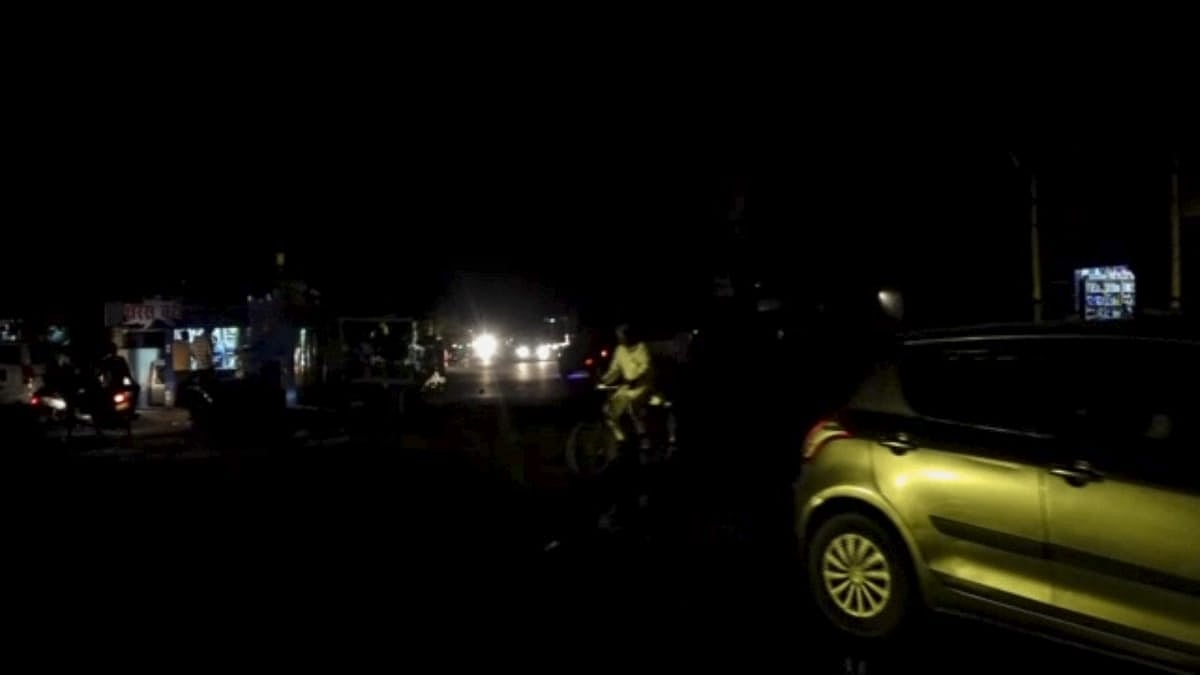When a terror-infested nation dares to poke a sovereign, democratic power, it must be ready to pay the price. On May 8, India made that crystal clear—again. In the second phase of Operation Sindoor, the Indian Armed Forces not only reinforced their dominance but also humiliated Pakistan’s military capacity. Eight incoming missiles were intercepted and destroyed mid-air. Two Chinese-backed JF-17 fighter jets and a US-supplied F-16 were shot down by India’s air defence systems. This was not war-mongering. This was India defending its skies—decisively, precisely, and with chilling clarity. Let’s get the facts straight. Pakistan chose escalation. India responded with retribution. What began as a calibrated counter-strike to dismantle Lashkar-e-Taiba and Jaish-e-Mohammed terror hubs has now turned into a lesson in air superiority. In the dead of night on May 7, India’s initial retaliatory strike eliminated over 100 terrorists, including ten close family members of Masood Azhar—the UN-designated head of JeM. By dawn on May 9, India had not only neutralized Pakistani missile threats across 15 key locations—including Awantipora, Pathankot, Amritsar, and Bhuj—but had rendered Pakistan’s aerial offence a complete failure. Pakistan, in its rogue desperation, launched a barrage of drones and missiles targeting Indian military installations. The goal was terror, not tactical victory.

But India didn’t flinch. Advanced Russian S-400 systems, fused with indigenous counter-drone technologies, responded with machine-like efficiency. Not a single Indian strategic asset was hit. What’s more, Indian forces systematically dismantled Pakistan’s air defence grids, even striking radar installations in Lahore, leaving Islamabad naked before the storm. To be clear, this is not an escalation. This is national self-defence. It is Pakistan that is playing with fire, dragging the subcontinent to the edge to mask its internal collapse. Unprovoked artillery barrages across the Line of Control—in Kupwara, Uri, Poonch, and Rajouri—have already killed 16 innocent Indian civilians, five of them children. India was left with no option but to act—and act it did, with restraint wrapped in steel. This wasn’t a knee-jerk reaction. It was a multi-domain, intelligence-driven operation rooted in strategy, not emotion. It has crippled Pakistan’s retaliatory capabilities while exposing the emptiness of its bravado. The much-hyped Chinese hardware—drones, radar, missile systems—proved to be scrap metal under India’s integrated defences. And the F-16, once a symbol of the US-Pak military alliance, now lies in smouldering debris inside Pakistani territory. Even America must now ask: is this where its military exports belong?

The embarrassment is now global. Pakistan stands exposed—not just militarily, but morally. Masood Azhar’s public admission about the loss of his family members in Indian strikes is nothing short of a smoking gun. If this doesn’t confirm Pakistan’s status as a state sponsor of terrorism, what more is the world waiting for? The Baloch insurgency is gaining ground. Ethnic Sindhis are raising weapons, not just voices. Gilgit-Baltistan continues to resist Pakistani occupation. Pakistan is not a nation—it is a crumbling project held together by Chinese loans, radical clerics, and the terror complex of Rawalpindi. And now, it is provoking a war it cannot win. And yet, the global community dithers. Where is the outcry for the Indian children killed in LoC shelling? Where is the UN’s moral courage when Pakistan openly harbours mass murderers? When UN-designated terrorists confess to shelter and support from the Pakistani state, how long can diplomatic hypocrisy endure? Let there be no confusion: This is not a clash between two nuclear-armed states. This is a battle between a responsible democracy and a collapsing terror regime. India is not escalating—India is containing a threat that the world refuses to acknowledge. Our response is not aggression—it is moral necessity. Regional stability depends on India acting firmly and without apology. From the airstrips of Bhuj to the bunkers near Lahore, India’s message is now impossible to ignore: we will not be provoked into silence. Every strike is calculated. Every retaliation is measured. But if Pakistan continues down this suicidal path, the consequences will be irreversible. Karachi may well be the next flashpoint. India has spoken. Loud and clear. The world would do well to listen.




